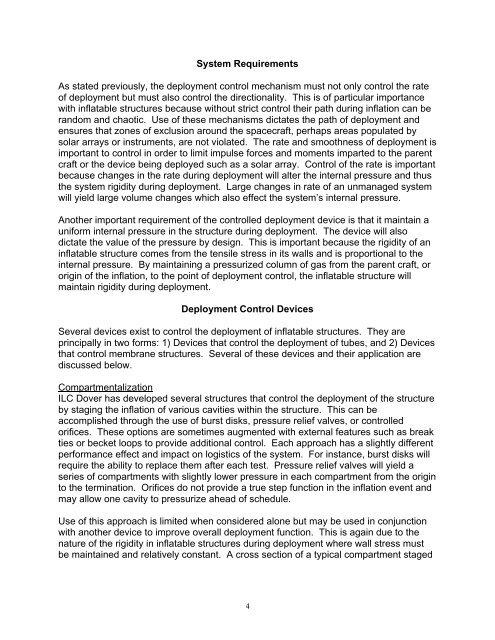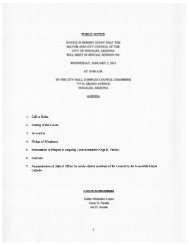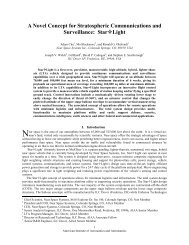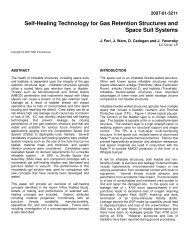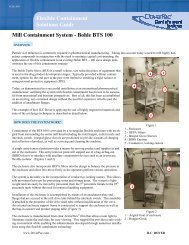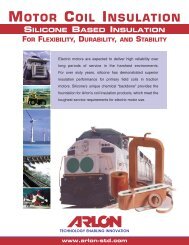Deployment Control Mechanisms for Inflatable Space ... - Team-Logic
Deployment Control Mechanisms for Inflatable Space ... - Team-Logic
Deployment Control Mechanisms for Inflatable Space ... - Team-Logic
- No tags were found...
You also want an ePaper? Increase the reach of your titles
YUMPU automatically turns print PDFs into web optimized ePapers that Google loves.
System RequirementsAs stated previously, the deployment control mechanism must not only control the rateof deployment but must also control the directionality. This is of particular importancewith inflatable structures because without strict control their path during inflation can berandom and chaotic. Use of these mechanisms dictates the path of deployment andensures that zones of exclusion around the spacecraft, perhaps areas populated bysolar arrays or instruments, are not violated. The rate and smoothness of deployment isimportant to control in order to limit impulse <strong>for</strong>ces and moments imparted to the parentcraft or the device being deployed such as a solar array. <strong>Control</strong> of the rate is importantbecause changes in the rate during deployment will alter the internal pressure and thusthe system rigidity during deployment. Large changes in rate of an unmanaged systemwill yield large volume changes which also effect the system’s internal pressure.Another important requirement of the controlled deployment device is that it maintain auni<strong>for</strong>m internal pressure in the structure during deployment. The device will alsodictate the value of the pressure by design. This is important because the rigidity of aninflatable structure comes from the tensile stress in its walls and is proportional to theinternal pressure. By maintaining a pressurized column of gas from the parent craft, ororigin of the inflation, to the point of deployment control, the inflatable structure willmaintain rigidity during deployment.<strong>Deployment</strong> <strong>Control</strong> DevicesSeveral devices exist to control the deployment of inflatable structures. They areprincipally in two <strong>for</strong>ms: 1) Devices that control the deployment of tubes, and 2) Devicesthat control membrane structures. Several of these devices and their application arediscussed below.CompartmentalizationILC Dover has developed several structures that control the deployment of the structureby staging the inflation of various cavities within the structure. This can beaccomplished through the use of burst disks, pressure relief valves, or controlledorifices. These options are sometimes augmented with external features such as breakties or becket loops to provide additional control. Each approach has a slightly differentper<strong>for</strong>mance effect and impact on logistics of the system. For instance, burst disks willrequire the ability to replace them after each test. Pressure relief valves will yield aseries of compartments with slightly lower pressure in each compartment from the originto the termination. Orifices do not provide a true step function in the inflation event andmay allow one cavity to pressurize ahead of schedule.Use of this approach is limited when considered alone but may be used in conjunctionwith another device to improve overall deployment function. This is again due to thenature of the rigidity in inflatable structures during deployment where wall stress mustbe maintained and relatively constant. A cross section of a typical compartment staged4


